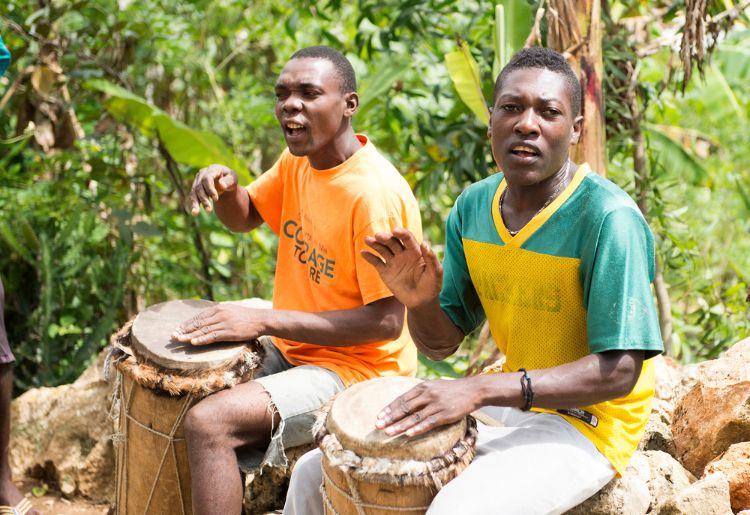The many cultures in Haiti are visible in the country’s norms, mores, and values. This diverse cultural heritage has shaped the country’s history as well as its language, religions and beliefs, music and dance, cuisine, demographics, and overall way of life. African, Spanish, French, and indigenous Taino people have had an impact on the country. Haiti, located on the island of Hispaniola, which is shared with the Dominican Republic, has a unique identity that was forged from these various cultures.
Taino Culture in Haiti
The Taino were the original natives of Hispaniola long before the Spanish and the French came. They were the original settlers on the island, making the trek from South America. History shows that this sub-group of Arawaks had a developed civilisation on Hispaniola. They built their own homes using materials such as wood, leaves and straw that were found on the island. The Taino also grew their own food and fished and hunted. Although they did not have transport to travel across Hispaniola, they made canoes out of tree trunks to travel across rivers and from one part of the island to the other and to nearby islands.
Unfortunately, when Columbus landed on the island, this sparked the beginning of the end of the Taino people. Although they were peaceable and welcoming to the Spanish and the French, the Tainos were mistreated. Their genocide was largely caused by disease and harsh slave labour. Sadly, when the Taino went extinct from Hispaniola, so did their cultural heritage. All that is left are archaeological remains, stone carvings and religious artifacts.



